Sales Team
Project quotes, partnerships, implementation
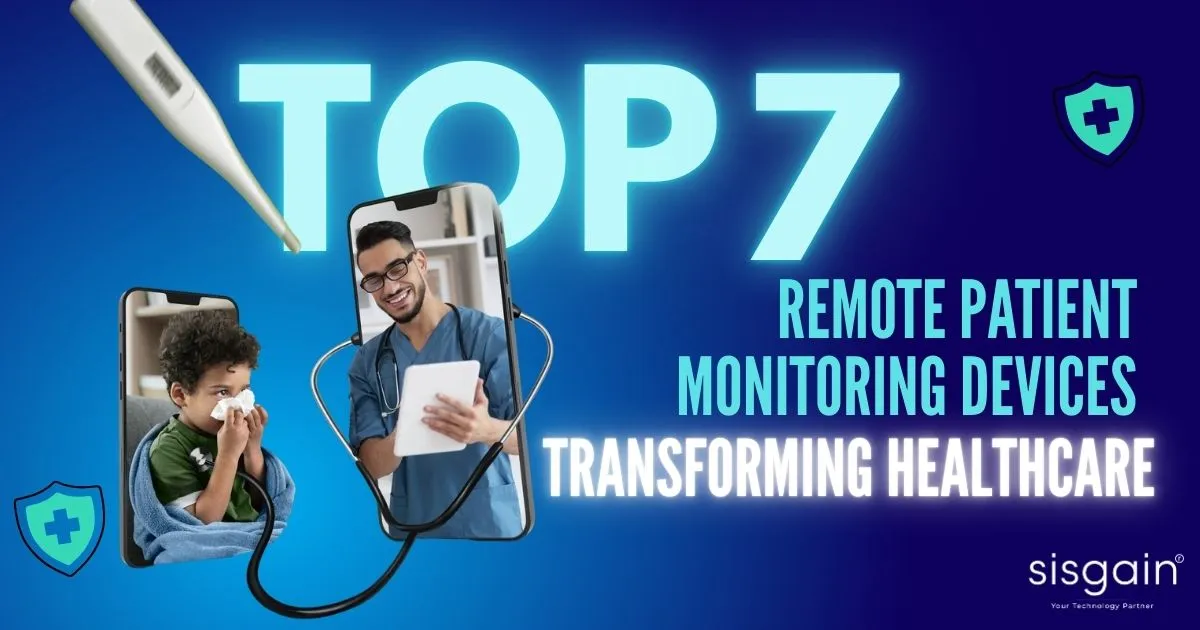
Healthcare is going through a digital revolution. From smart wearables to advanced software, technology is now at the center of patient care. One of the most important innovations in this journey is Remote Patient Monitoring (RPM).
With the help of Remote Patient Monitoring devices, doctors can track patients’ health conditions outside hospitals. Patients suffering from chronic illnesses like diabetes, hypertension, or heart disease can now be monitored from their homes. This reduces hospital visits, improves patient outcomes, and ensures early detection of serious health issues.
Many leading Remote Patient Monitoring companies are developing innovative tools and software to make healthcare more accessible and reliable. In this blog, we’ll explore the top 7 remote patient monitoring devices that are transforming healthcare, along with the role of advanced software solutions in making this system work seamlessly.
Remote Patient Monitoring is a healthcare approach where medical devices and software collect real-time patient data (such as blood pressure, glucose levels, heart rate, or oxygen saturation) and share it with doctors.
The process includes:
This combination of devices and software is revolutionizing the way healthcare providers deliver treatment.
Remote Patient Monitoring (RPM) has become a powerful way to connect doctors and patients beyond hospital walls. By using smart devices and advanced software, healthcare providers can track vital signs in real time, offer timely care, and improve patient outcomes. Here are some key benefits of Remote Patient Monitoring:
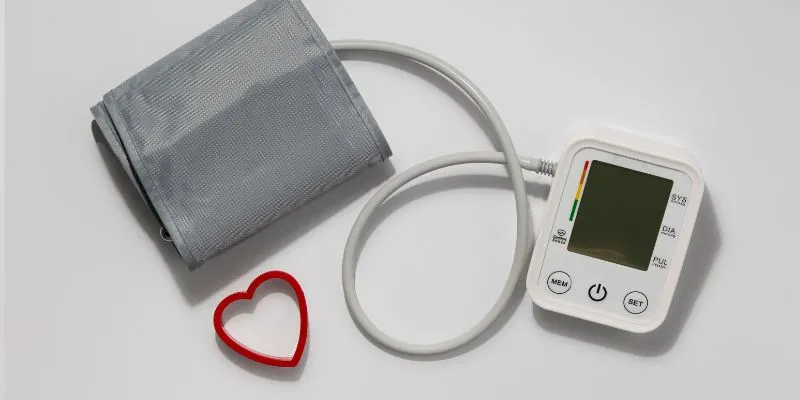
High blood pressure is one of the biggest risk factors for heart disease and stroke. Modern digital blood pressure monitors allow patients to check their readings at home and share them automatically with their doctors.
Many devices connect to Remote Patient Software, which records trends and generates reports. This helps healthcare providers make faster and more informed decisions.
Benefits:
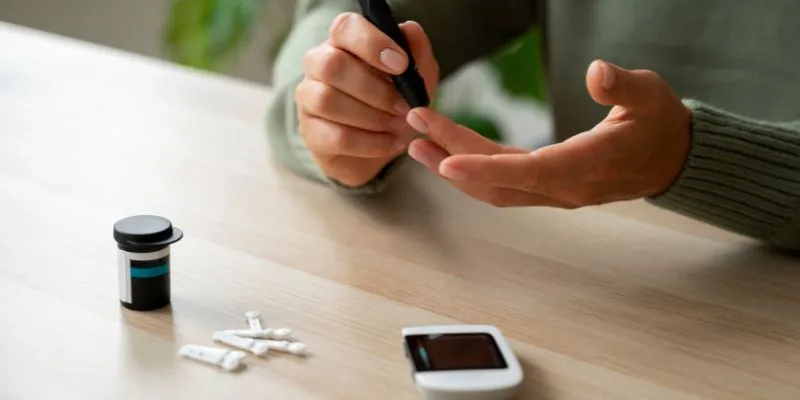
Managing diabetes is easier today thanks to Continuous Glucose Monitoring (CGM) devices. These small sensors track blood sugar levels throughout the day and send data to smartphones or healthcare apps.
With integration into EMR and EHR Software Integration, doctors can view historical glucose patterns, adjust treatment, and provide lifestyle guidance.
Benefits:
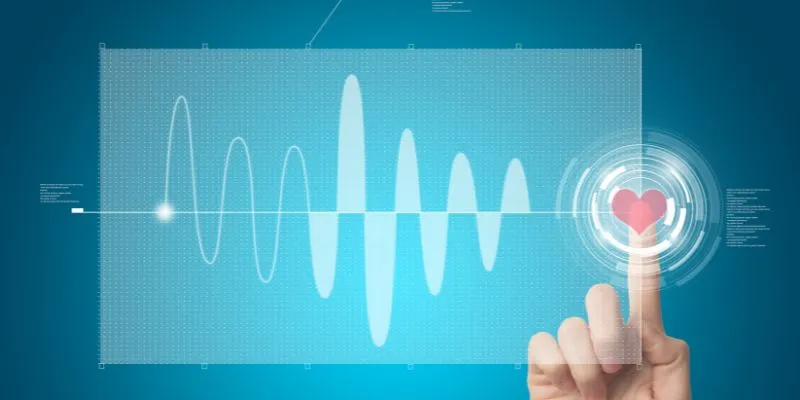
Portable ECG monitors and heart rate trackers are life-saving for patients with heart conditions. Devices can detect irregular rhythms, atrial fibrillation, or early signs of a heart attack.
Many Remote Patient Monitoring companies now offer smart ECG devices that connect directly to mobile applications and Remote Patient Monitoring Software.
Benefits:
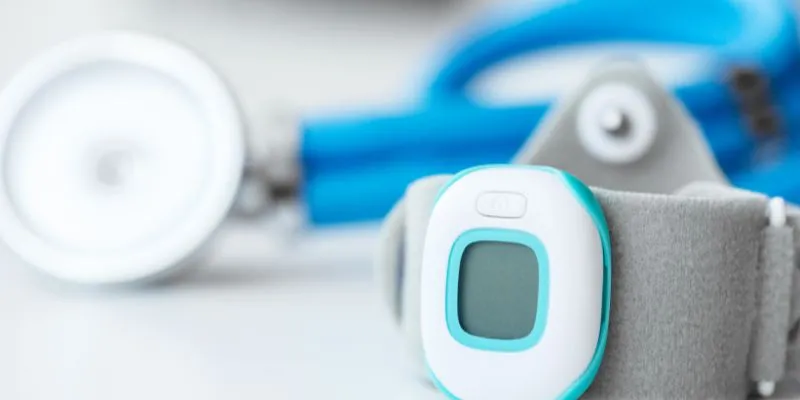
Pulse oximeters measure oxygen saturation levels in the blood. During the COVID-19 pandemic, these became one of the most widely used home healthcare remote monitor devices.
They are especially useful for patients with respiratory diseases like COPD, asthma, or pneumonia. The data can be shared with doctors via Remote Patient Software for continuous monitoring.
Benefits:
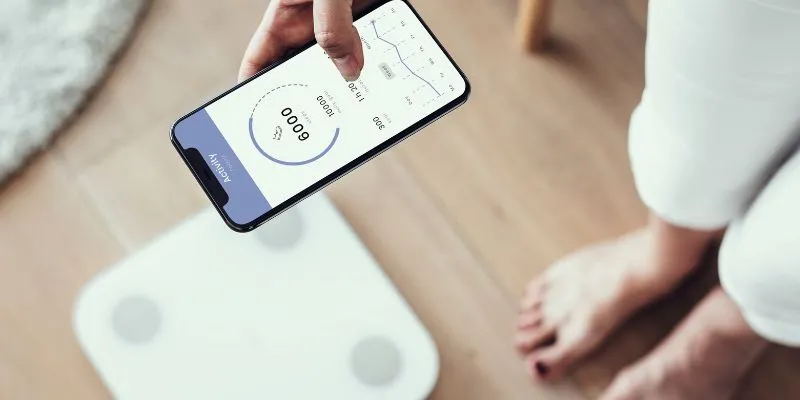
Weight monitoring is crucial for patients with obesity, diabetes, or heart failure. Smart weight scales track weight, BMI, and fat percentage.
Data from these devices can be linked with Custom Telemedicine App Development Solution, allowing doctors to guide patients remotely on diet and lifestyle.
Benefits:
![]()
Smartwatches and fitness bands are among the most popular Remote Patient Monitoring devices. They track physical activity, sleep, heart rate, and stress levels.
Many advanced trackers even detect falls, making them highly useful for elderly patients. By connecting to Remote Patient Monitoring Software, the data becomes valuable for preventive healthcare.
Benefits:
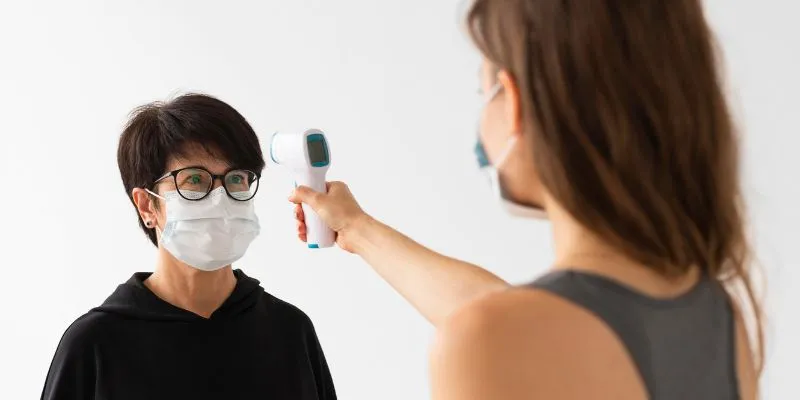
Smart thermometers go beyond traditional fever measurement. They connect to healthcare apps to provide long-term temperature tracking.
This is useful for children, elderly patients, or those recovering from infections. Integration with Top Healthcare Software Development Companies solutions makes it easier for hospitals to track multiple patients remotely.
Benefits:
Devices alone cannot transform healthcare. Their real value comes when they work together with Remote Patient Monitoring Software Solutions. By connecting smart devices with powerful software, doctors and patients can share information in real time and improve care. How the device works is mentioned below:
This smooth connection between devices and healthcare software makes care faster, smarter, and more effective. It not only helps doctors make better decisions but also keeps patients more involved in their own health.
The future of RPM is bright. Some upcoming trends include:
The rise of Remote Patient Monitoring devices is changing the way healthcare is delivered. From blood pressure monitors to wearable trackers, these devices give patients more control while helping doctors provide faster and smarter care.
By combining advanced Patient Management Solutions, EMR and EHR Software Integration, and Custom Telemedicine App Development Solutions, hospitals can improve patient outcomes, reduce costs, and make healthcare more patient-centered.
As more Remote Patient Monitoring companies continue to innovate, the future of healthcare will become more personalized, predictive, and preventive.
If your hospital or clinic is planning to adopt digital healthcare solutions, partnering with the Top Healthcare Software Development Companies will ensure you get a reliable, secure, and scalable platform.
Project quotes, partnerships, implementation
Open roles, referrals, campus hiring